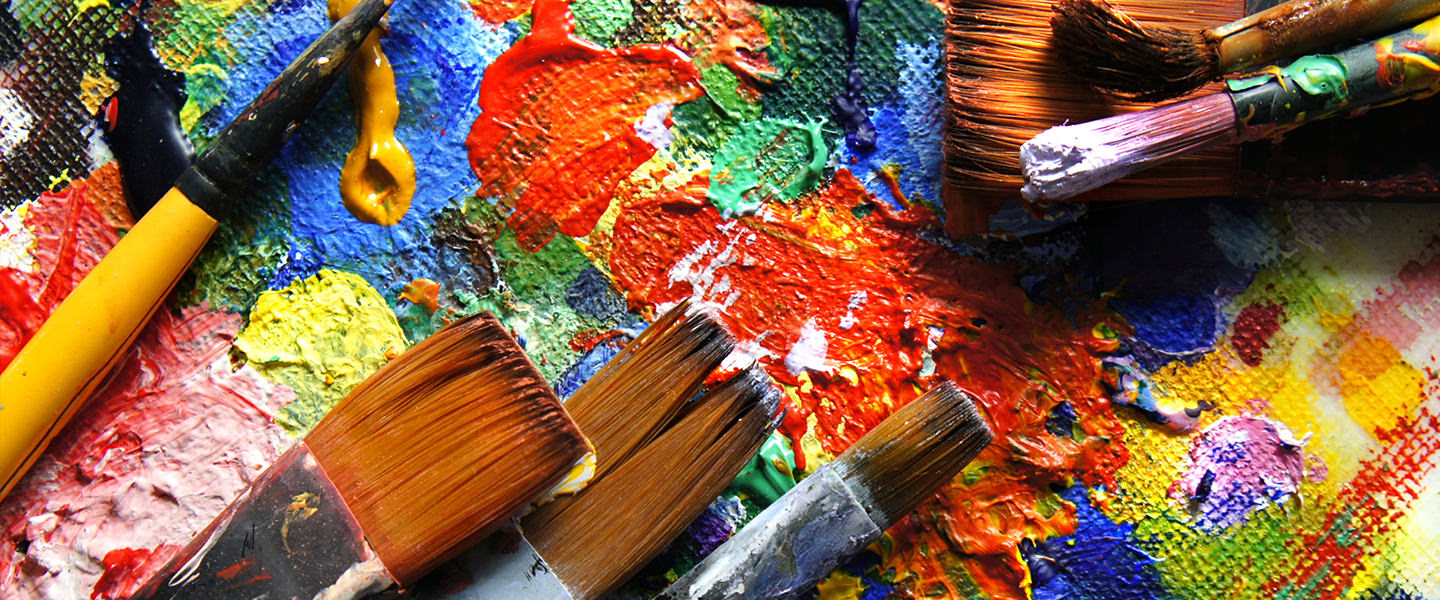The Bahá’í teachings provide a profound framework for understanding the art of surrender—a practice that emphasizes the importance of trusting in God’s divine plan. This intricate dance between human agency and divine intent forms the bedrock of spiritual development within the Bahá’í Faith. In this exploration, we will uncover the layers of this concept, utilizing intriguing metaphors, and delving into its unique appeal for individuals on a spiritual journey.
At the core of the Bahá’í teachings lies the principle of reliance on God, a notion that invites believers to embrace life with an open heart and an accepting mind. Imagine a river, flowing inevitably toward the ocean—its destination predetermined by nature. Similarly, the act of surrender entails yielding oneself to the divine will, trusting that the current of existence will guide us toward our ultimate purpose. This metaphor not only illustrates the necessity of relinquishing control but also evokes the beauty of surrendering to something greater than oneself.
To fully grasp the art of surrender, one must first acknowledge the inherent tension between autonomy and humility. The human spirit yearns for independence, seeking to carve its niche in a world rife with challenges and uncertainties. Yet, the Bahá’í teachings invite us to recognize that this desire for control often culminates in frustration and anxiety. The paradox lies in the fact that true fulfillment emerges—not from clinging to our plans—but from the act of surrendering those same plans to the Creator. A compelling analogy here is that of a gardener, pruning their plants to foster growth. In the same vein, relinquishing our desires can cultivate a richer spiritual life, one that flourishes in the presence of divine guidance.
The artistic endeavor of surrender is further accentuated by the concept of trust. Trust, in this context, transcends mere belief. It is an active engagement with the divine presence that permeates our existence. One might liken this trust to a dance—an intricate choreography between the soul and the divine. The dancer surrenders to the rhythm of the music, allowing the melody to guide their movements. In this sacred partnership, the individual discovers a profound liberation, as they are no longer shackled by the weight of uncertainty. Instead, they become co-creators with God, intuitively responding to the unfolding of divine wisdom.
Understanding the nuances of surrender also requires an exploration of the heart’s inner landscape. The Bahá’í teachings elucidate that surrender is not a passive state; it is an active heart posture that involves recognizing the divine hand in every facet of life. This is beautifully illustrated through the metaphor of a tapestry. Each thread signifies a part of our existence—events, relationships, joys, and sorrows. As we surrender, we allow the weaver, the divine force, to intertwine these threads seamlessly, forming a whole that is far more intricate and beautiful than we could have imagined. In this view, challenges become essential threads that enrich the overall design of our life’s tapestry.
Moreover, the art of surrender necessitates an unwavering commitment to spiritual practices that fortify this trust. Prayer and meditation emerge as essential tools in the Bahá’í toolkit, facilitating a deeper connection with God. These practices serve as the spiritual currency through which believers can translate surrender into reality. Here, we may consider the contemplative journey akin to tuning an instrument. Just as musicians refine their craft through practice, individuals deepen their trust through consistent spiritual engagement. The resultant harmony allows one to hear the divine symphony of existence, aligning themselves with the rhythm of God’s plan.
A further aspect of surrender involves recognizing the interconnectedness of all creation. The Bahá’í Faith highlights that humanity is woven together in an intricate web of relationships, transcending geographical and cultural boundaries. Surrendering to God’s plan entails an acceptance of our role within this tapestry—understanding that our actions reverberate throughout the world. This collective responsibility emphasizes that true surrender does not isolate the individual but rather connects them to a greater purpose. Here lies an exquisite truth: by relinquishing our egos and embracing our interconnectedness, we can facilitate a more profound sense of community and shared destiny.
Additionally, surrendering to God’s plan often calls for resilience in the face of adversity. Life’s trials frequently serve as catalysts for growth, compelling individuals to confront their limitations and fears. Through the lens of Bahá’í teachings, embracing challenges as opportunities for spiritual evolution becomes imperative. The lotus flower, which emerges from murky waters and blooms into a stunning blossom, perfectly encapsulates this idea. Just as the lotus must navigate the depths to reach the light, so must individuals surrender to difficulties, trusting that these experiences will ultimately lead to personal and collective enlightenment.
In conclusion, the art of surrender, as depicted in Bahá’í teachings, is a multifaceted process characterized by trust, humility, and interconnectedness. Through vivid metaphors such as the river, the gardener, and the tapestry, we not only grasp the essence of surrender but also become inspired to embody it in our spiritual and daily lives. The unique appeal of these teachings lies in their capacity to transform how we perceive challenges and uncertainties, offering a resplendent path toward a life of purpose and fulfillment. Embracing this art of surrender ultimately invites each of us to navigate our journey with grace, forging an intimate relationship with the divine that empowers us to align our lives with God’s unfolding masterpiece.
